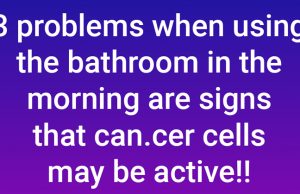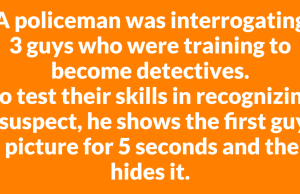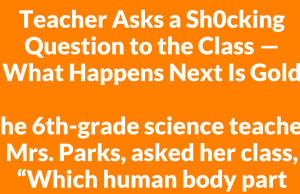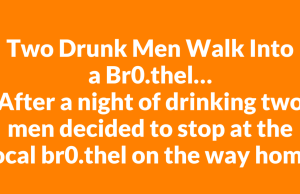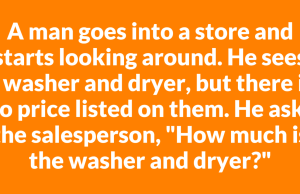
Obstruction of cerebral blood vessels leading to cerebral infarction is the most common cause of stroke. So how to recognize early signs or symptoms of cerebral vascular occlusion as well as how to prevent it?
What is cerebral vascular occlusion?
Arteries carry blood rich in oxygen and nutrients from the heart to the head and body. There are two carotid arteries and two vertebral arteries (front and back of the neck) that supply blood to the brain. Although the brain accounts for only 2% of the body’s weight, it receives 15% of cardiac output and 25% of the total oxygen supply to the body.
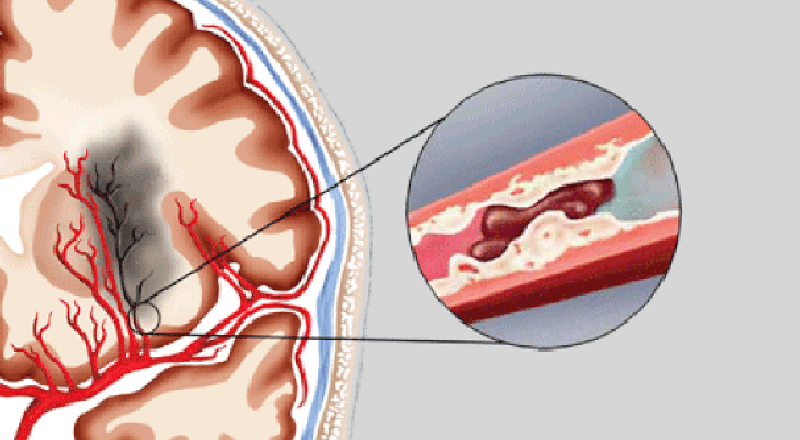
Normally, from the age of 30 onwards, the arteries supplying blood to the brain accumulate plaques (fat and cholesterol), the arteries will gradually narrow and reduce blood flow to the brain. The larger the plaque, the harder it is for blood to reach the brain.
At some point, the plaque will completely block the blood vessel or sometimes the plaque will crack, forming a blood clot, blocking the blood vessels in the brain. In addition, blood vessels in the brain can also be blocked by thrombosis – a blood clot from another place, such as from the heart or leg, following the bloodstream to a smaller blood vessel, blocking the small blood vessel. This condition will lead to a stroke and is called a cerebral embolism stroke.
Symptom 1: Cold feet or hands

If you notice that your limbs are cold while sleeping, even though you are covered with a warm blanket, be wary because this may be a sign of cerebral blood vessel blockage.
This phenomenon may be caused by peripheral artery disease (PAD). The condition occurs when the arteries are narrowed and the blood vessels in the brain are clogged, thereby reducing blood flow to the limbs, leading to cold limbs.
Symptom 2: Headache

Headaches can be caused by many reasons, in which cerebral blood vessel blockage also causes headaches.
The reason is because at night, the body’s activities are minimized, the density of blood is also higher, thereby easily forming thrombi and causing blood vessel blockage. And once the brain’s blood vessels are clogged, persistent headaches will appear, making it difficult to fall asleep.
Symptom 3: Drooling while sleeping
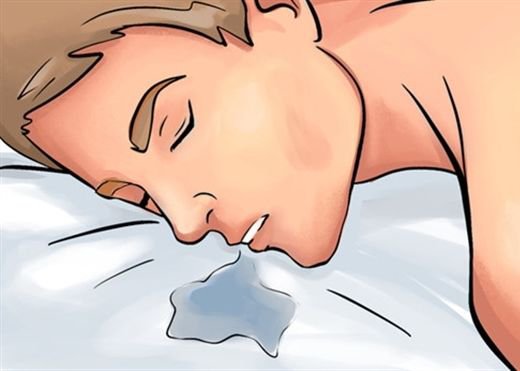
If you often unconsciously drool while sleeping, you also need to be careful of cerebral blood vessel blockage.
This is because cerebral anemia and lack of oxygen will affect the cortical areas on both sides, leading to sublingual dysfunction, which will cause the patient to drool on one side, have a crooked mouth, and slanted eyes. , the corners of his eyes were half-closed.
In addition, when suffering from arteriosclerosis and severe cerebral anemia and lack of oxygen, the patient also exhibits frequent yawning and needs to see a doctor promptly.
Symptom 4: Numbness in hands and feet

If you often experience numbness in your arms and legs when sleeping, especially on one side, you need to be careful. This is because when the brain’s blood vessels are clogged and the blood supply to the brain is insufficient, the phenomenon of spurs in the femur and limbs will be more obvious.
In addition, the patient may also have symptoms such as: Suddenly unable to hold objects, objects being held suddenly falling.







